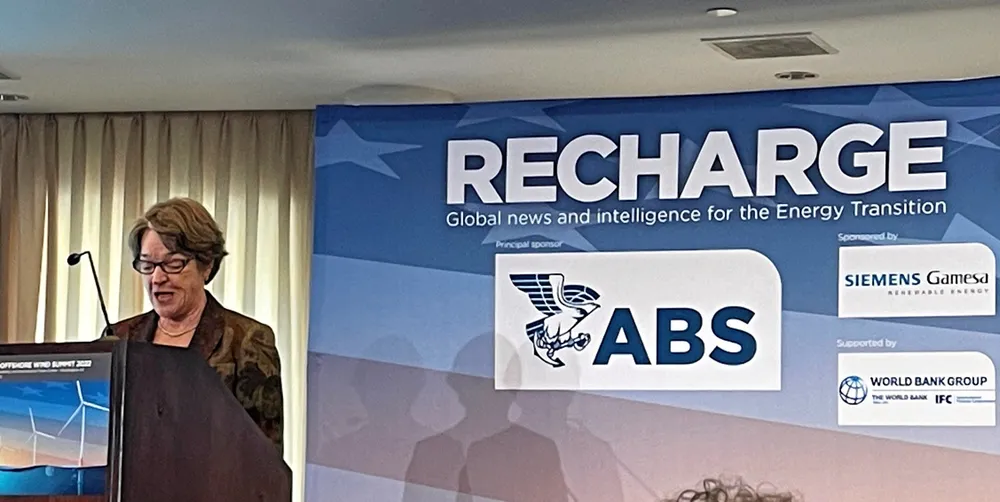Clear 'historic roadblocks' to unleash US offshore wind investment boom: top DoE official
Principal deputy undersecretary for infrastructure Kathleen Hogan tells Recharge Global Offshore Wind Summit sector is crucial to America's climate goals

Principal deputy undersecretary for infrastructure Kathleen Hogan tells Recharge Global Offshore Wind Summit sector is crucial to America's climate goals
